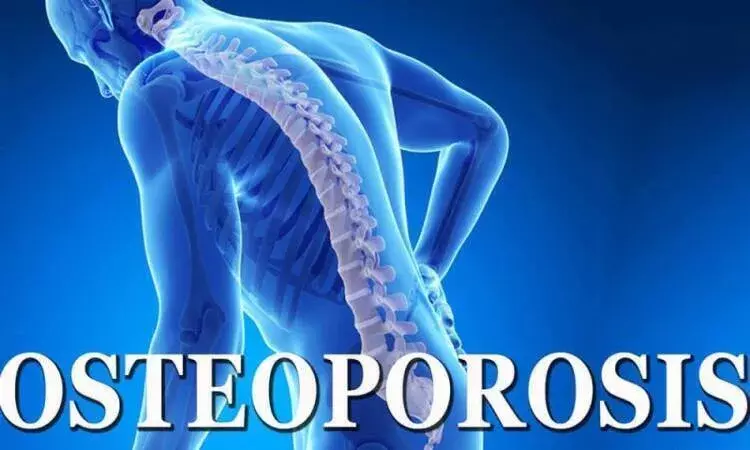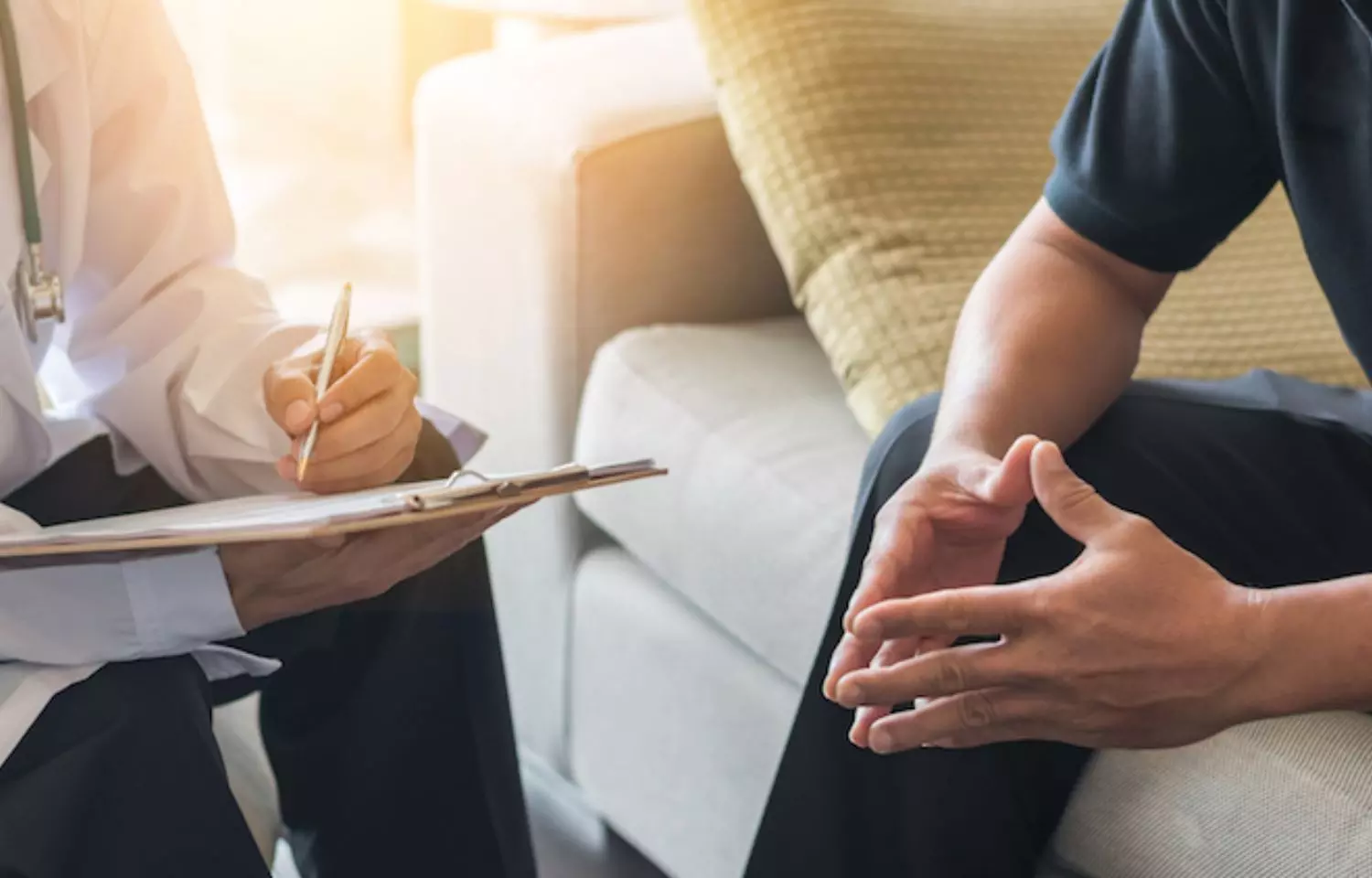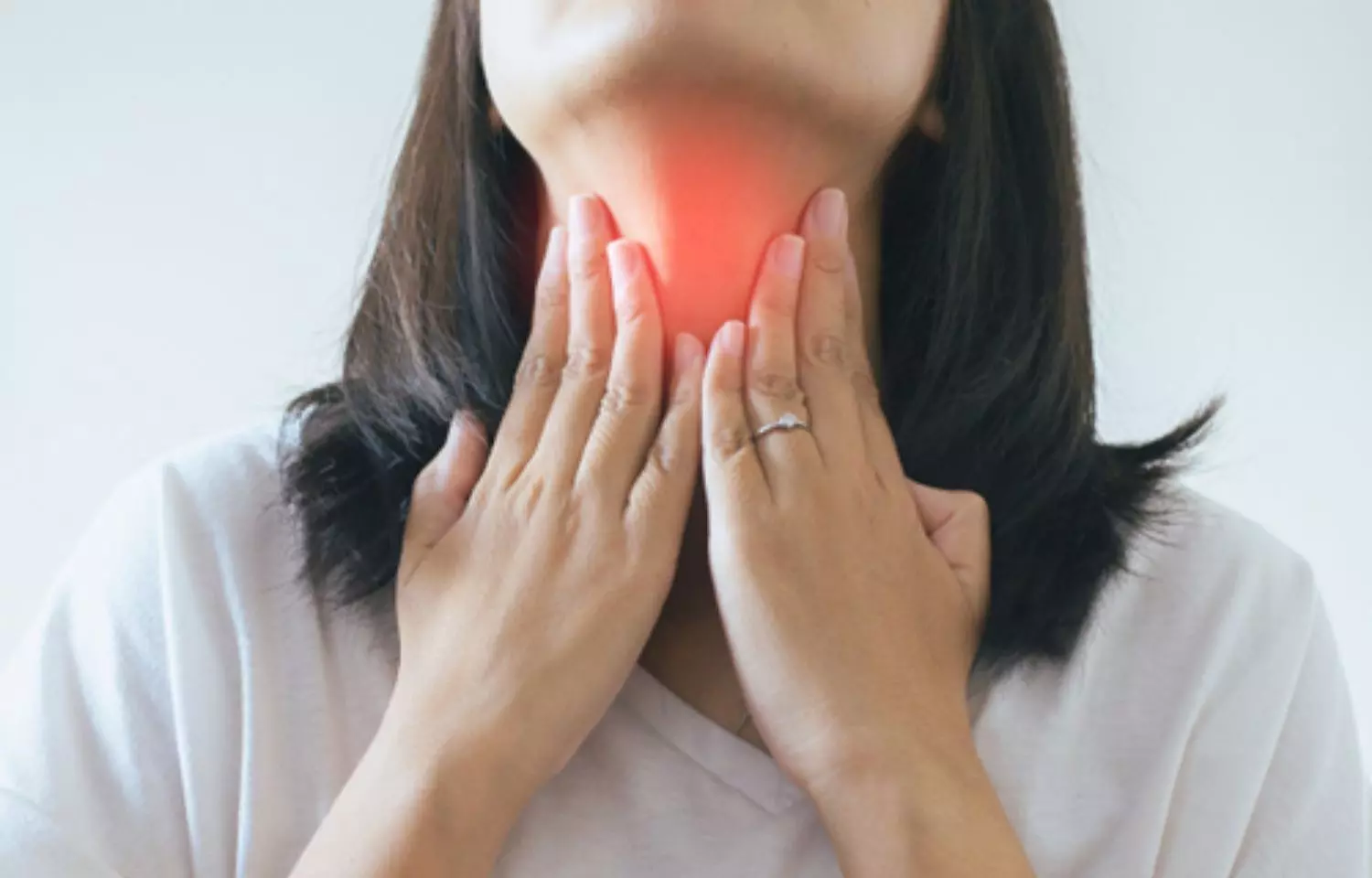- Home
- Medical news & Guidelines
- Anesthesiology
- Cardiology and CTVS
- Critical Care
- Dentistry
- Dermatology
- Diabetes and Endocrinology
- ENT
- Gastroenterology
- Medicine
- Nephrology
- Neurology
- Obstretics-Gynaecology
- Oncology
- Ophthalmology
- Orthopaedics
- Pediatrics-Neonatology
- Psychiatry
- Pulmonology
- Radiology
- Surgery
- Urology
- Laboratory Medicine
- Diet
- Nursing
- Paramedical
- Physiotherapy
- Health news
- Fact Check
- Bone Health Fact Check
- Brain Health Fact Check
- Cancer Related Fact Check
- Child Care Fact Check
- Dental and oral health fact check
- Diabetes and metabolic health fact check
- Diet and Nutrition Fact Check
- Eye and ENT Care Fact Check
- Fitness fact check
- Gut health fact check
- Heart health fact check
- Kidney health fact check
- Medical education fact check
- Men's health fact check
- Respiratory fact check
- Skin and hair care fact check
- Vaccine and Immunization fact check
- Women's health fact check
- AYUSH
- State News
- Andaman and Nicobar Islands
- Andhra Pradesh
- Arunachal Pradesh
- Assam
- Bihar
- Chandigarh
- Chattisgarh
- Dadra and Nagar Haveli
- Daman and Diu
- Delhi
- Goa
- Gujarat
- Haryana
- Himachal Pradesh
- Jammu & Kashmir
- Jharkhand
- Karnataka
- Kerala
- Ladakh
- Lakshadweep
- Madhya Pradesh
- Maharashtra
- Manipur
- Meghalaya
- Mizoram
- Nagaland
- Odisha
- Puducherry
- Punjab
- Rajasthan
- Sikkim
- Tamil Nadu
- Telangana
- Tripura
- Uttar Pradesh
- Uttrakhand
- West Bengal
- Medical Education
- Industry
Teriparatide non-inferior to Alendronate for BMD in Osteoporosis

New research revealed that Teriparatide was non-inferior to Alendronate in increasing Bone Mineral Density (BMD) in the lumbar spine in Chinese Post-menopausal women. The study was published in the journal "Archives of Osteoporosis, 2022."
Osteoporosis is a progressive skeletal disease affecting the old age population, especially post-menopausal women, and causing low bone mineral density. Researchers from China conducted a study to determine if the efficacy of generic teriparatide is non-inferior to alendronate among Chinese postmenopausal women with osteoporosis.
A randomized open-label study was conducted by assigning eligible patients in the ratio of 2:1 to receive 20 µg sc daily teriparatide or 70 mg oral weekly alendronate. Patients were observed for 48 weeks. Percentage change in BMD at the lumbar spine from baseline to 48 weeks and assessment for non-inferiority was the primary outcome of the measurement. The same outcome was further assessed for superiority as a secondary endpoint.
Results:
- 391 and 196 participants were randomly assigned to the teriparatide or alendronate group, of whom 379 and 194 receiving at least one dose of teriparatide and alendronate treatment were eligible for the efficacy analysis.
- Teriparatide was non-inferior to alendronate for BMD change at the lumbar spine, which excluded the predefined non-inferiority margin of − 1.5%.
- However, teriparatide was not statistically superior to alendronate in improving BMD in the lumbar spine.
- At 48 weeks, changes in the BMD at the total hip were − 1.0% and 2.2% in the teriparatide and alendronate group, respectively (P < 0.001).
- There was no statistical difference between groups in the incidence of new fracture.
- Serum P1NP and β-CTX levels significantly increased in the teriparatide group and markedly decreased in the alendronate group.
- The adverse events (AEs) and serious AEs were more common in the teriparatide group than in the alendronate group, which were mainly teriparatide-related hypercalcemia, elevated alkaline phosphatase or parathyroid hormone, dizziness, and arthralgia.
Thus, the researchers concluded that Teriparatide increased BMD through a different mechanism from Alendronate and was not inferior to alendronate in increasing BMD in the lumbar spine in Chinese postmenopausal women.
For the full article, click here: https://doi.org/10.1007/s11657-022-01131-8
Li, M., Zhang, Z., Xue, Q. et al. Efficacy of generic teriparatide and alendronate in Chinese postmenopausal women with osteoporosis: a prospective study. Arch Osteoporos 17, 103 (2022).
BDS, MDS
Dr.Niharika Harsha B (BDS,MDS) completed her BDS from Govt Dental College, Hyderabad and MDS from Dr.NTR University of health sciences(Now Kaloji Rao University). She has 4 years of private dental practice and worked for 2 years as Consultant Oral Radiologist at a Dental Imaging Centre in Hyderabad. She worked as Research Assistant and scientific writer in the development of Oral Anti cancer screening device with her seniors. She has a deep intriguing wish in writing highly engaging, captivating and informative medical content for a wider audience. She can be contacted at editorial@medicaldialogues.in.
Dr Kamal Kant Kohli-MBBS, DTCD- a chest specialist with more than 30 years of practice and a flair for writing clinical articles, Dr Kamal Kant Kohli joined Medical Dialogues as a Chief Editor of Medical News. Besides writing articles, as an editor, he proofreads and verifies all the medical content published on Medical Dialogues including those coming from journals, studies,medical conferences,guidelines etc. Email: drkohli@medicaldialogues.in. Contact no. 011-43720751




